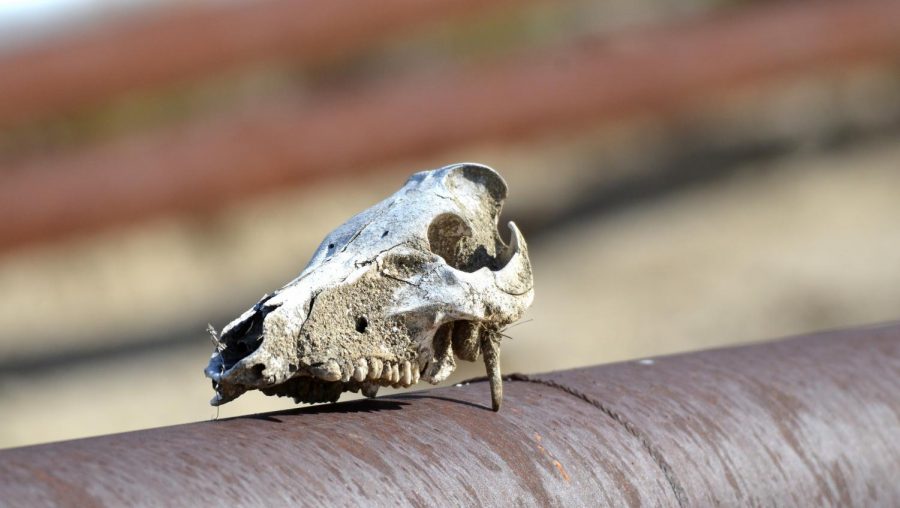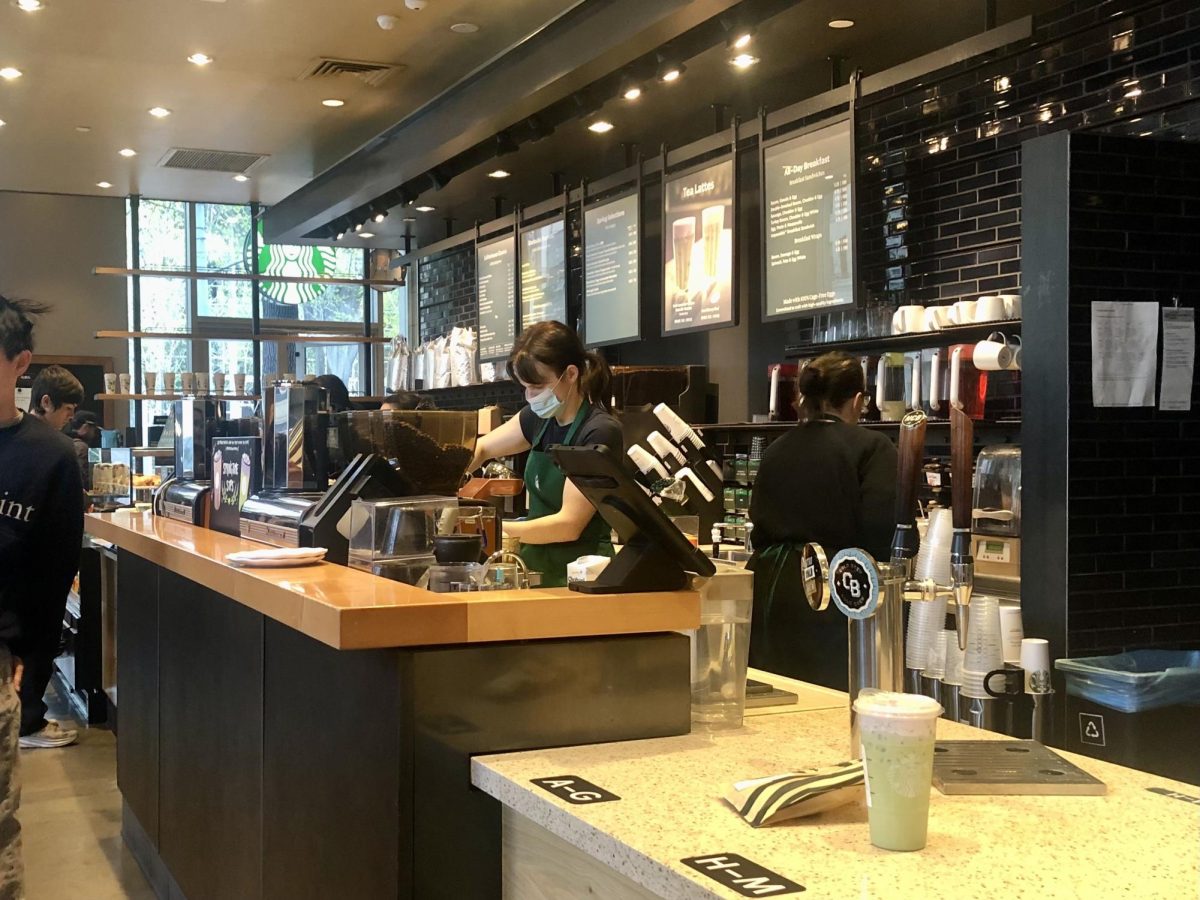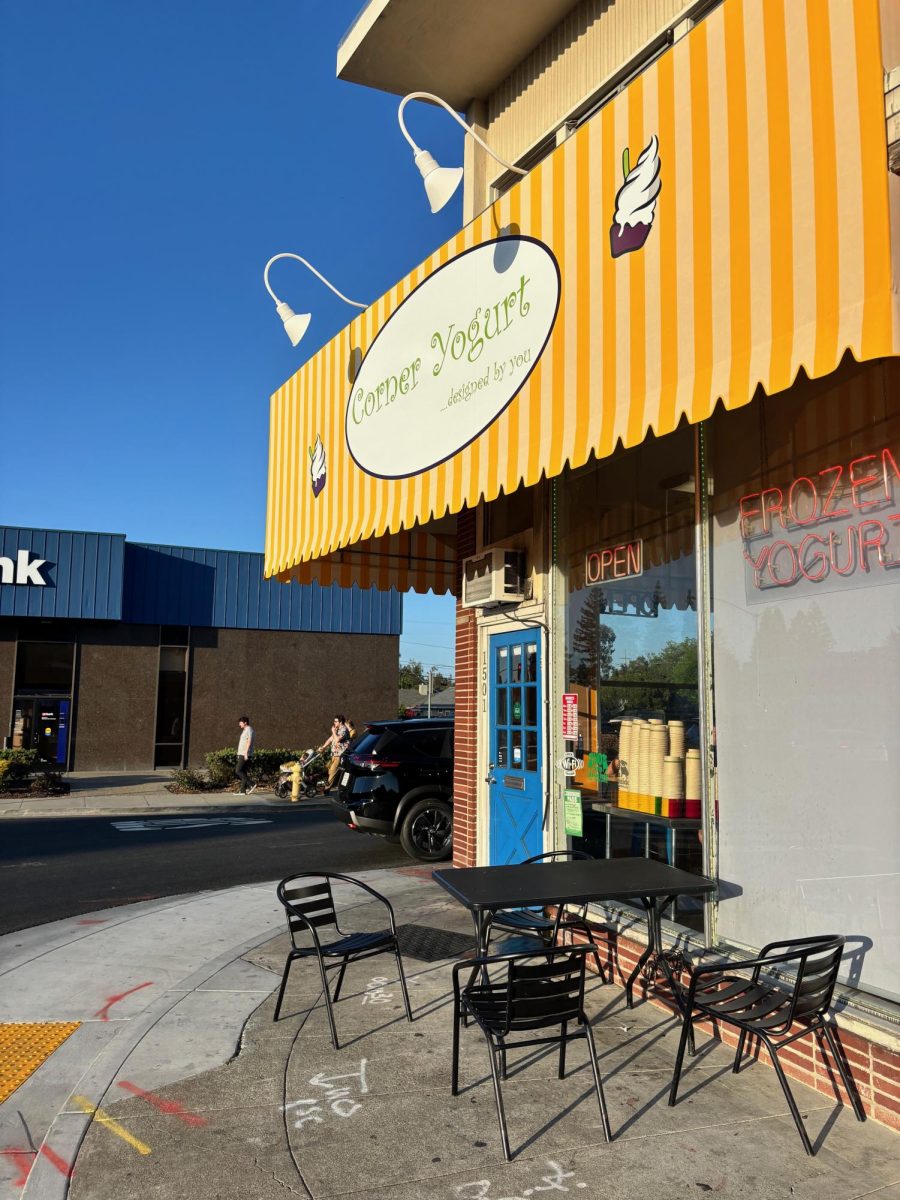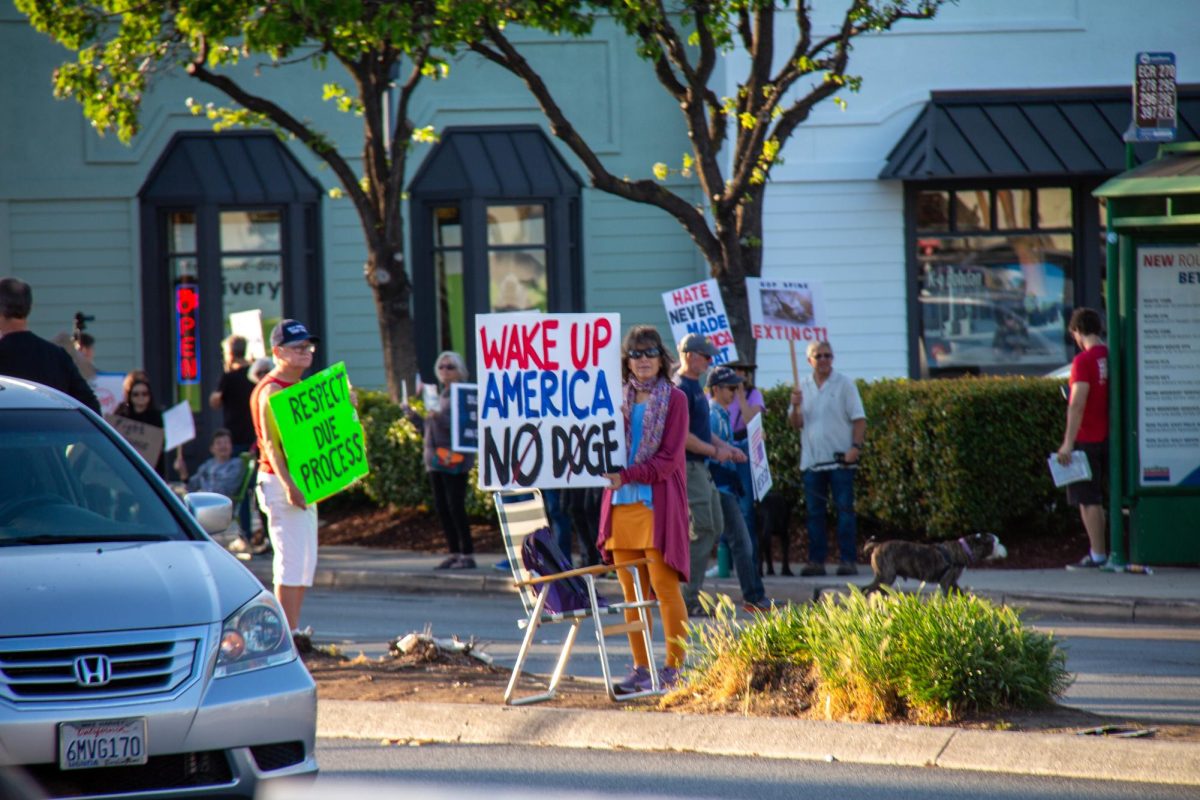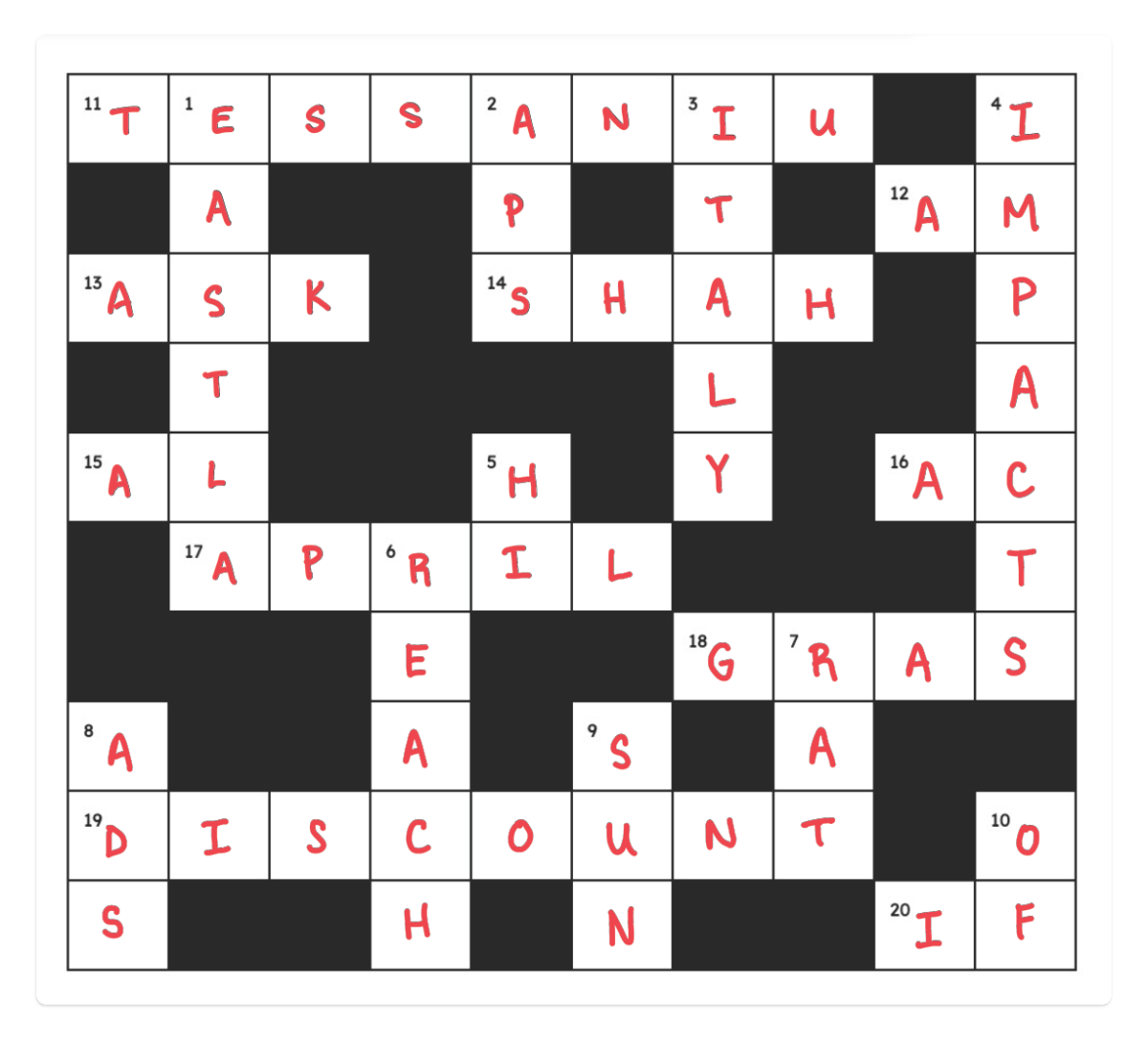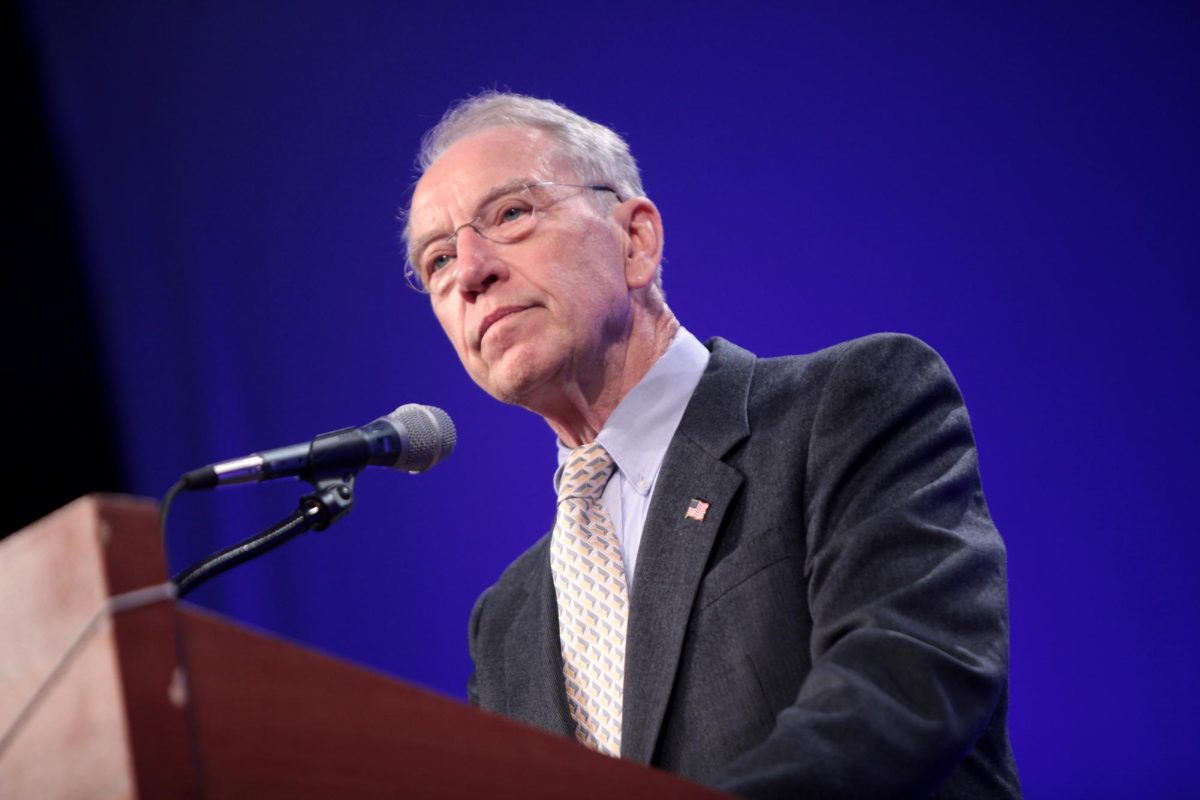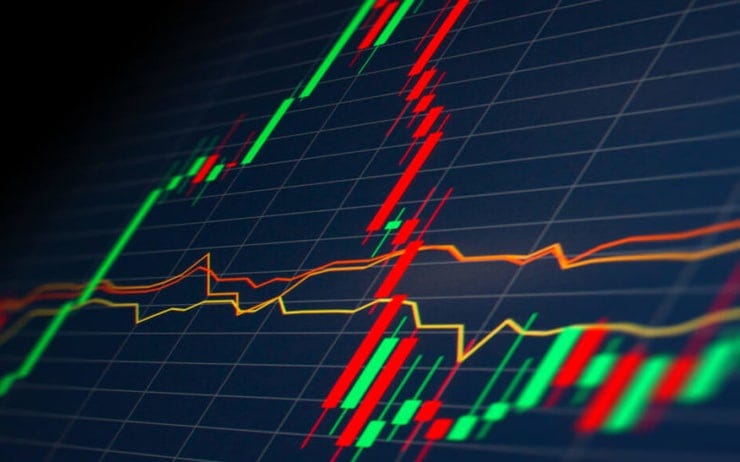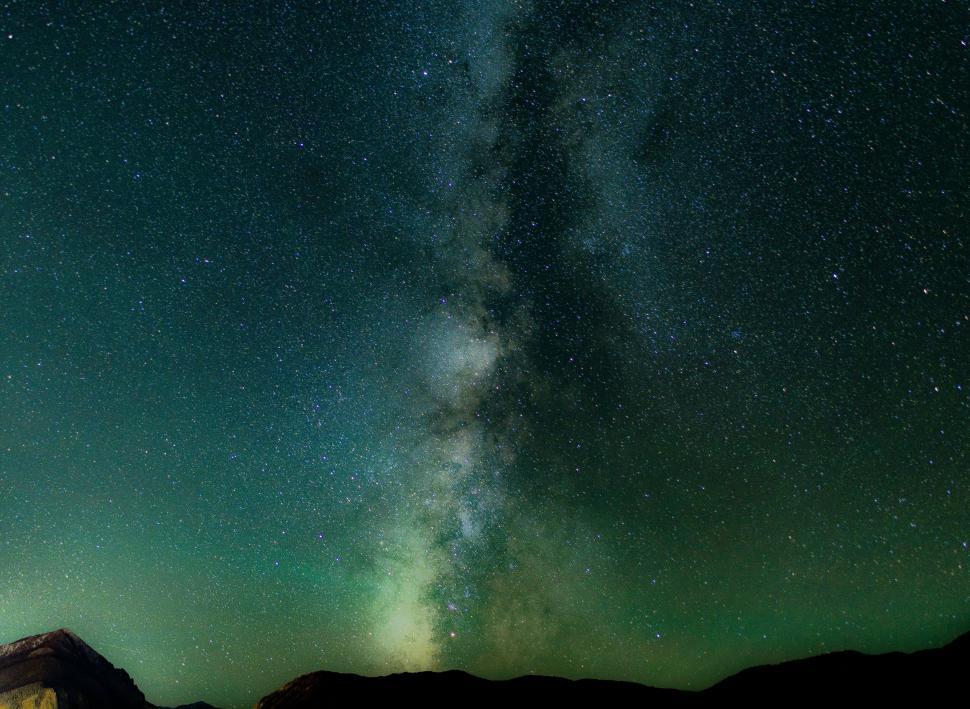As the Trump administration plans to open up large areas of federal and public land to companies drilling for oil, it poses a huge challenge for many birds that breed there, and with the human race becoming more urban and widespread, more resources are needed to keep us alive. Some of the main ones like oil and natural gas, are vital for much of the stuff we use today; like cars, planes, and factories. Even something like software has a link to oil and gas.
“Well, the software that we sell is also being sold to oil and gas companies,” Heidi von Briel acknowledges.
That’s my mom, who works as a software architect at SAP. As the Trump administration plans to open up drilling in the arctic to many of these oil and gas suppliers, many supporters of Trump applaud him for creating jobs and a source of revenue. However, environmentalists like young birdwatcher Eddie Monson see the problems to the plan.
“[The plan] could mess up a lot of animals’ habitats, and those animals are already endangered,” Monson notices. “So if they mess [the arctic] up, it takes away some of the only habitat [the animals] have left.”
What Eddie is saying is true. The arctic Tundra is home to more than 80 percent of Breeding birds in North America, including the endangered short-tailed albatross and the threatened spectacled eider. This presents a dilemma for many people- billions of dollars of oil, or save some pristine nature? Many, like freshman Carlos Garibay, try to figure this out.
“I think humans have enough out of the ecosystem, that they don’t have to destroy more of it. Of all of the creatures that we have on this earth, we need all of them to maintain a good ecosystem. If we destroy this ecosystem, our planet falls apart,” he says.
That challenge is not only up to the government to solve, but to the people of the United States and of the world. If all of us, from the professional environmentalist to the random eight-year old on the street, fight against these advances, we may save birds for years to come.


